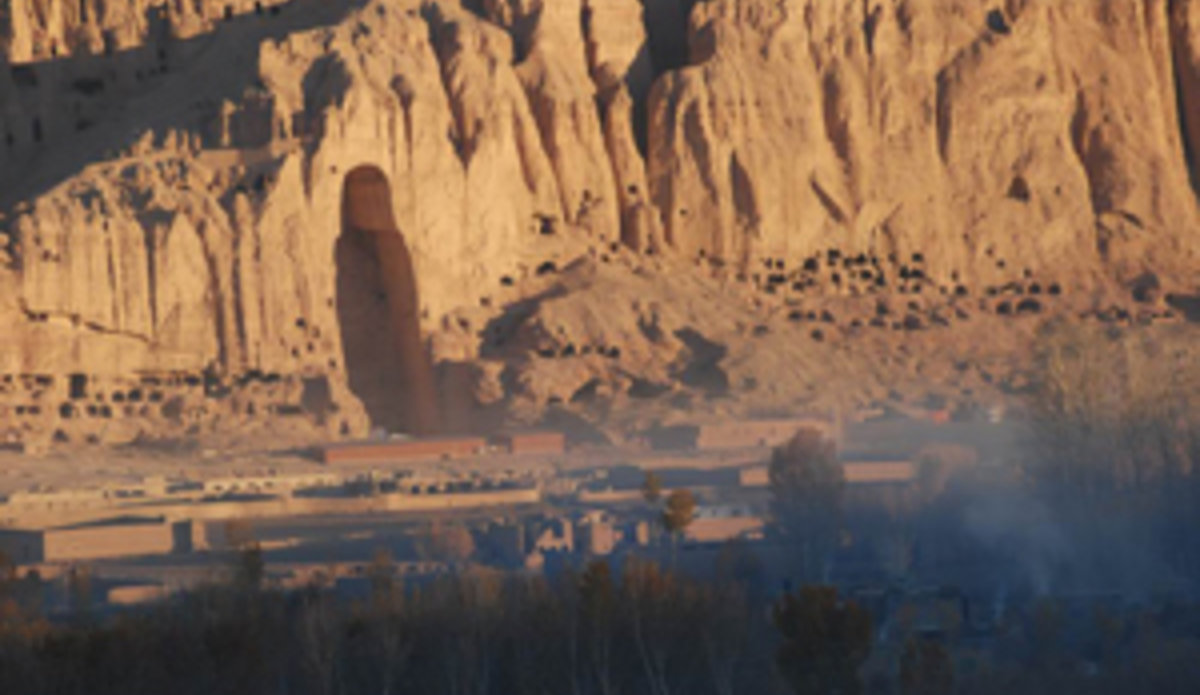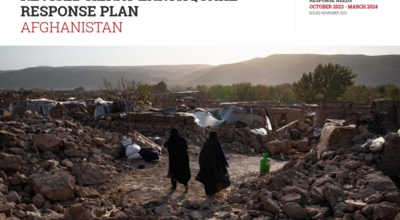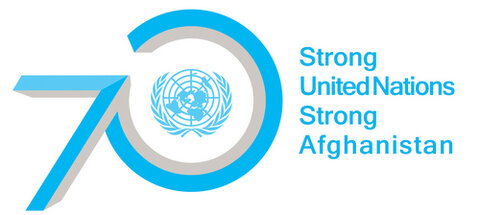Bamyan prepares to be Afghanistan’s hot tourist spot
8 August 2009 - International aid agencies and the Government of Afghanistan are increasing their efforts to promote tourism in the province of Bamyan.
New Zealand’s aid agency has recently funded a tourism development project in Bamyan with the aim of improving the local economy and creating a sustainable environment.
“The objective of this project is to develop tourism which is both safe for the environment and archaeological areas and also bring benefits to the local population,” said Mr Amir Foladi, director of the eco-tourism programme in Bamyan.
The Aga Khan Development Network has been contracted to implement the US$ 1.2 million eco-tourism project over a period of three years.
“The eco-tourism project is mainly working in three areas which include developing basic tourism infrastructure, building guesthouses, camping sites and latrines at tourism sites,” Mr Foladi said. “And building capacity of relevant government departments, tourist guides, hotel owners and transporters.”
Publicity of the Bamyan tourism industry is another task of this project with work underway on a website providing comprehensive information about all the natural and archaeological areas in Bamyan.
The website will also help international tourists with hotel room bookings and travel.
Bamyan is one of the most famous tourism sites in Afghanistan with many archaeological monuments and the renowned lakes at Band-i-Amir.
According to figures from Bamyan’s Department of Culture and Information thousands of local and international tourists restarted visiting Bamyan from early 2002.
“The number now has decreased due to many reasons,” Amir Foladi said. “Insecurity is the biggest problem, Bamyan is calm but insecurity in other parts of the country has a big negative impact on this province.”
“Due to insecurity many countries of the world do not allow their citizens to visit Afghanistan,” Mr Foladi added.
But security is not the only problem; poor infrastructure and services and the lack of skills in the area for the tourism industry are some of the other problems hindering the growth of the tourism business in Bamyan.
“The other problems are to some extent being tackled. The construction of a new paved road from capital Kabul to Bamyan is under work,” Mr Foladi said.
Mr Foladi is hopeful for the construction of the new road: “In a few years we hope to have a better security situation which will persuade international tourism. But still the new road is important to encourage domestic sightseeing that is also vital for the economy of the province.”
The eco-tourism office has a tourist information centre providing informative leaflets and brochures to the newcomers in the province.
Mr Gull Hussain runs the centre by providing detailed information about the history and natural beauty of Bamyan. “They (tourists) usually ask me about the list of historical and natural areas and about rental cars and hotels,” Mr Hussain said.
The Bamyan eco-tourism programme has also recently started training courses for 21 local tourist guides.
The three month training courses will enable local guides to have complete information about the history of the province and archaeological areas, the local traditions and folk stories on natural sites.
“I am learning how to brief tourists on the history and culture of Bamyan,” said Maryam Amini, 21, who is one of the four female participants on the course.
“I want to show the people of the world how rich a culture and history we have,” said Ms Amini.
“The challenges are many, but we are hopeful, when this project will be completed Bamyan will have the capacity to host a large number of tourists,” said Mr Amir Foladi.
By Jaffar Rahim, UNAMA
 UN
UN








